MJ Adventure Team Goes to MD - Day 3 continued
/Did I mention in this post how much there is to see at MDSW? I heard someone describe it as the Disney World for sheep and fiber people. After seeing the fiber entries and the Jacob sheep I started with the tents at the top of the fairgrounds. It had been raining the day before so it's a good thing that commercial tents are provided for outside vendors. There is mud to contend with but many vendors put straw down which helps with that.
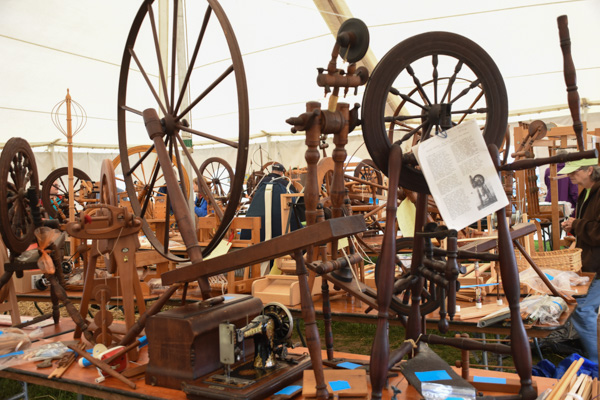
The first tent I entered was the Equipment Auction tent. Have you ever seen so many spinning wheels in one place?
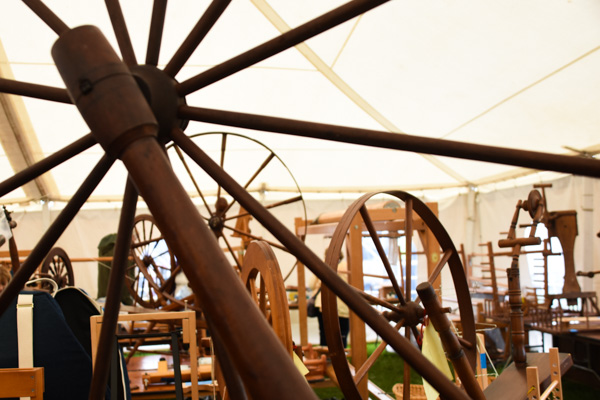
There were wheels (including several great wheels), carders, looms, and all kinds of miscellaneous equipment. Incredible.
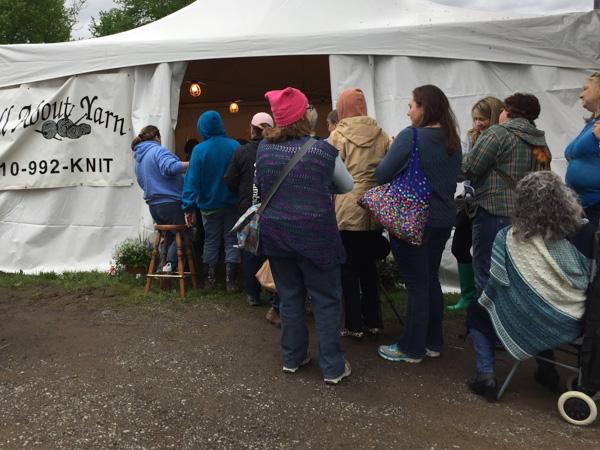
Customers were lined up outside their favorite vendor booths. One thing that was so fun about this show was that since all the other fiber shows I have seen are on the west coast almost all the vendors were new to me.
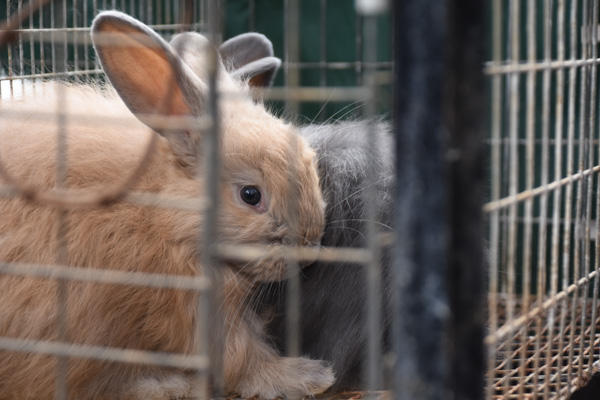
In one of the fiber booths I found this cute bunny.
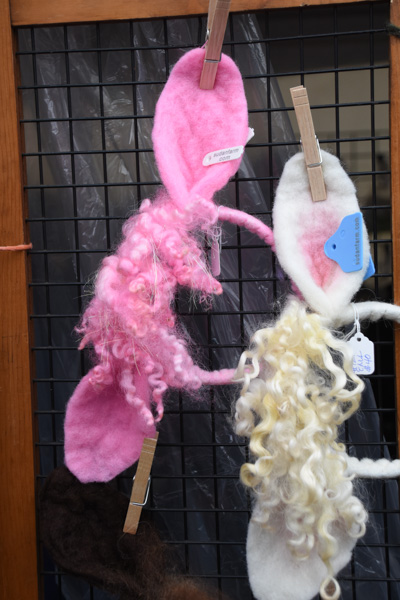
Ears, anyone?
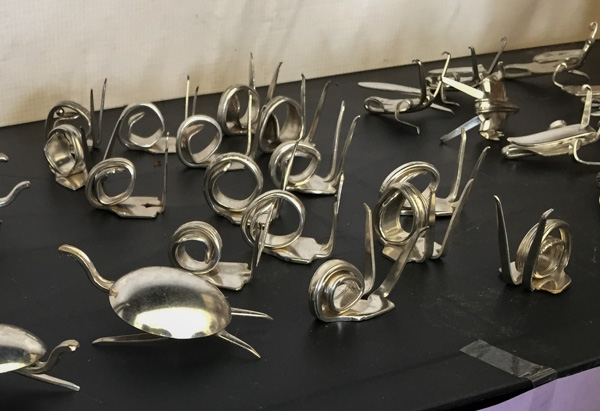
Silverware creatures.
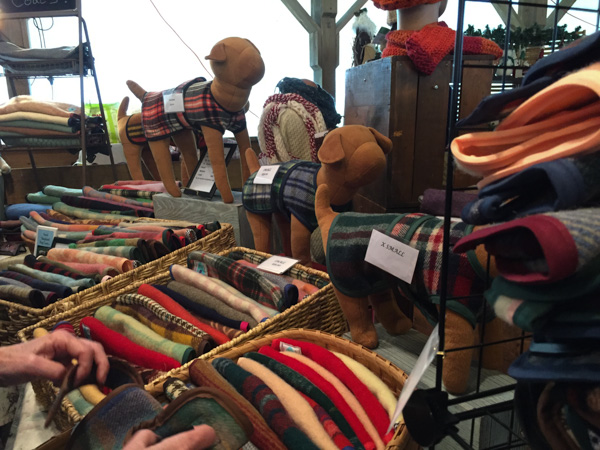
Dog or lamb coats made of felted wool.
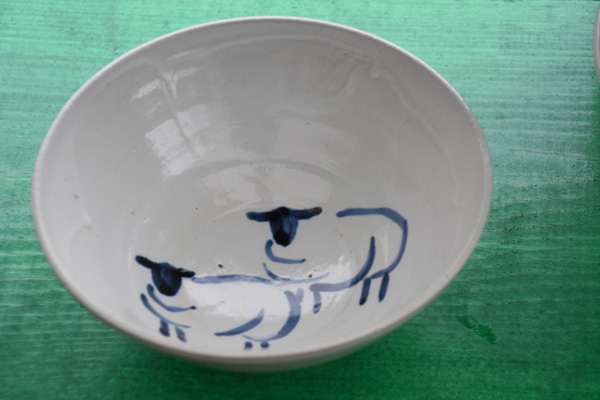
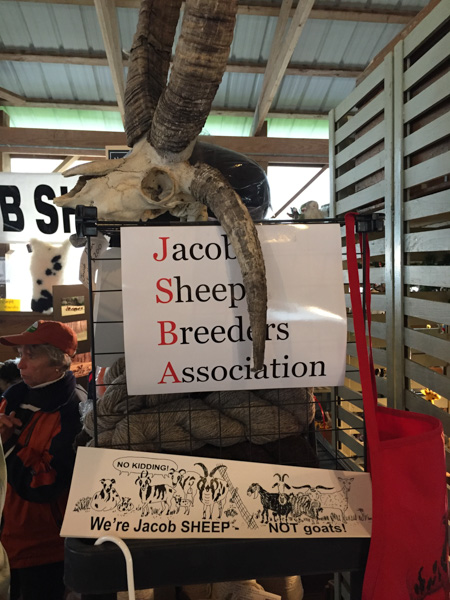
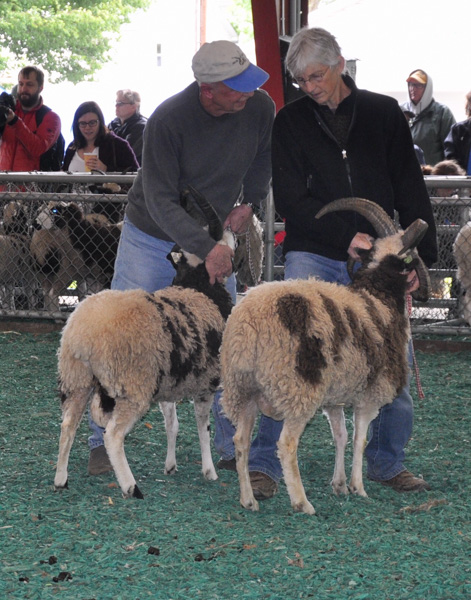
At 1:00 I went back to the barn to help with the Jacob sheep show. These are Royal's two yearling rams. Royal's other helpers were his two granddaughters who were sheep handling novices so I was glad to help out.
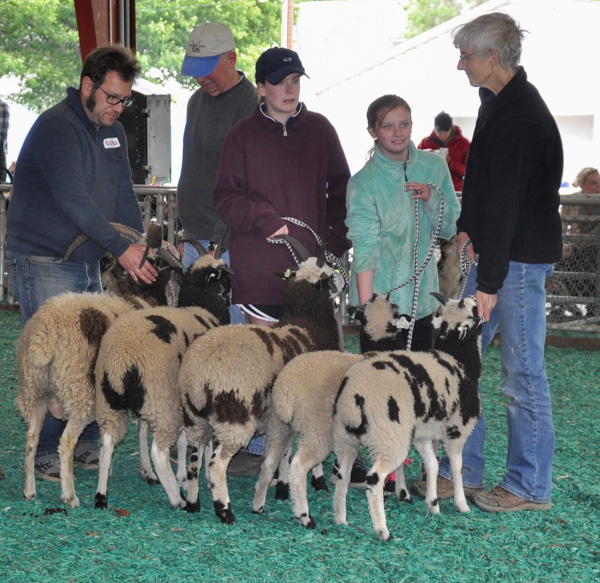
The girls did well showing the ewes and were fun to work with. After the show I spent more time looking at the barns full of sheep. The Livestock Conservancy (I think--or maybe it was MDSW) organized a display of sheep breeds that weren't necessarily being shown, along with educational information about them.
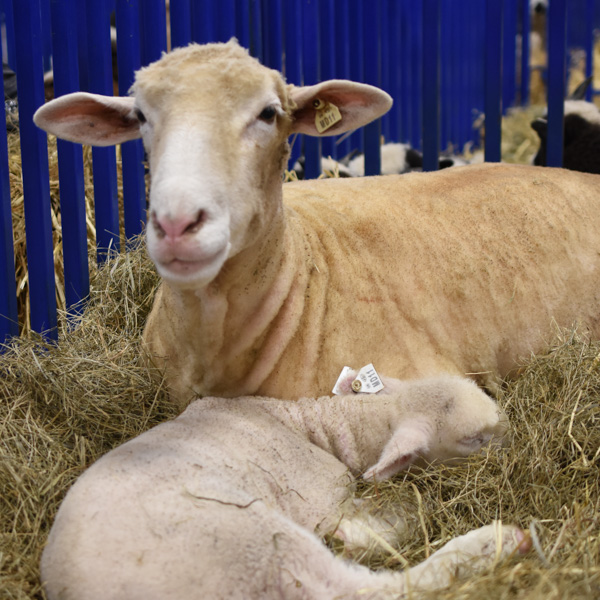
Dorset, a breed from England that was first imported in 1885.
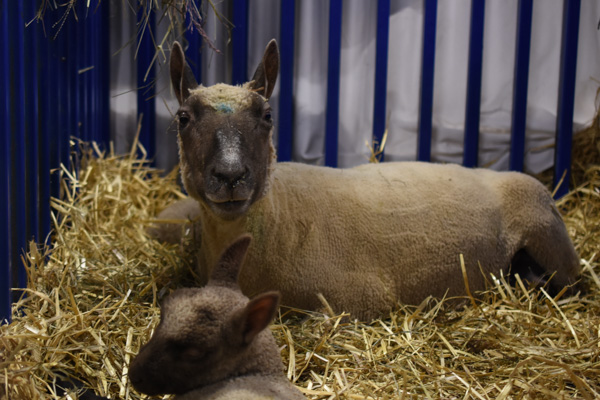
Clun Forest, a British breed first imported into North America (Canada) in 1970.
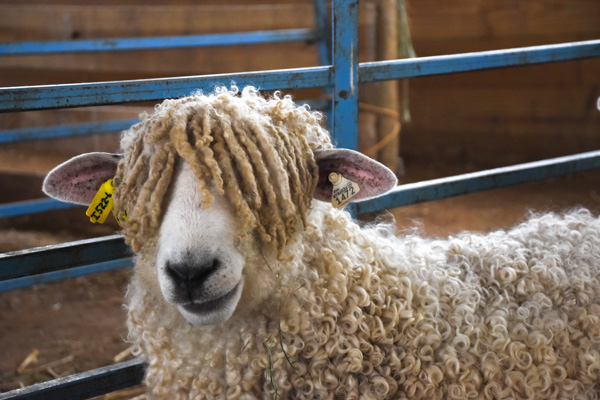
The Cotswold is another English breed with long, lustrous wool. The mature sheep weigh up to 230 lbs (ewes) and 300 lbs (rams).
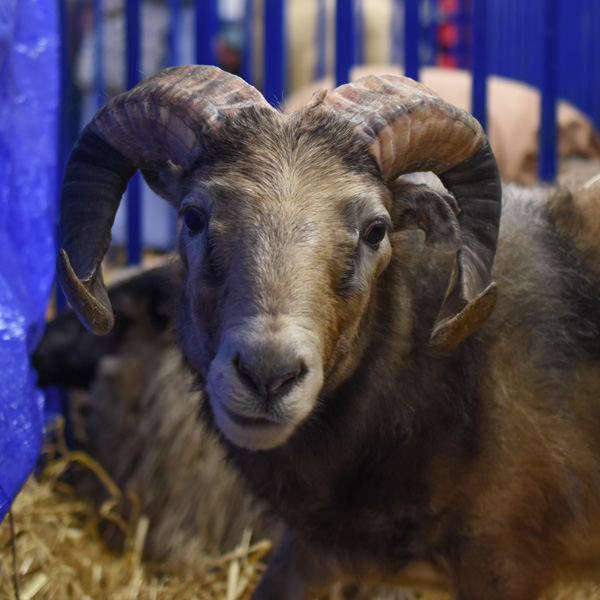
The Icelandic sheep is considered to be one of the world's oldest and purest breeds, with 1100 years of producing meat, milk, and fiber.
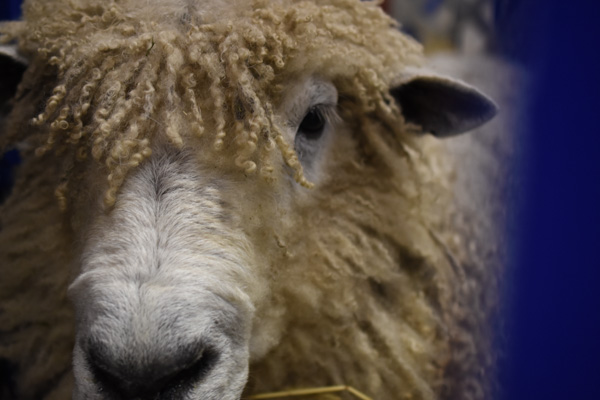
Leicester Longwool, a sheep, also originally from England, that produces 11-18 pounds of lustrous curly wool that may grow to 14" in a year.
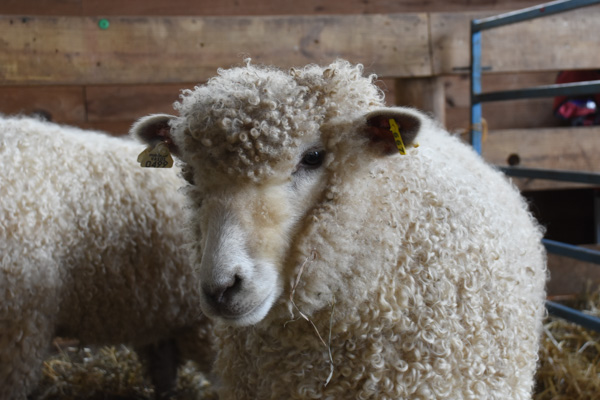
Another Leicester Longwool.
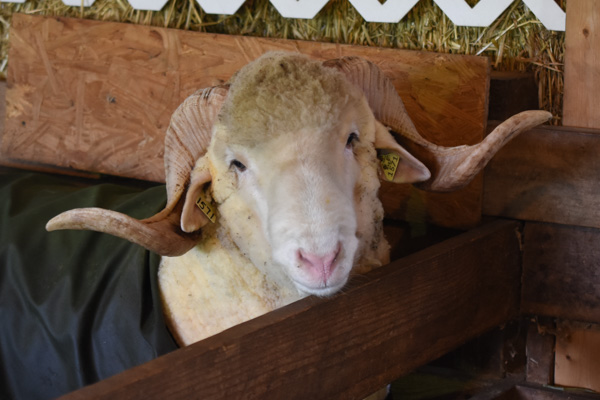
Rambouillet ram. The Rambouillet is a fine-wooled sheep that was derived after prized Merinos were sent to France in 1786 and raised in a closed flock for many generations. They are now make up a large part of the commercial herds on the western range of the U.S., providing fine wool while producing crossbred lambs for market.
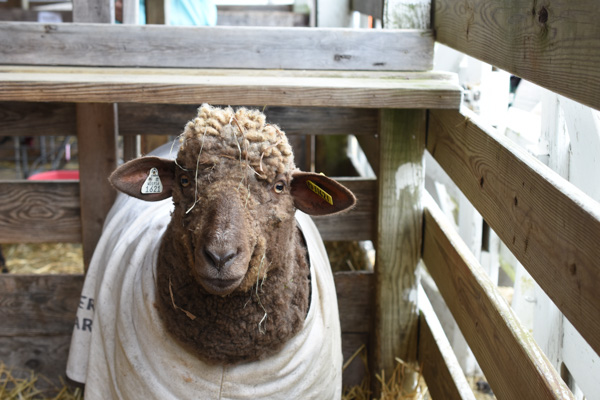
This is a Romeldale cross. Colored sheep, even if not a pure breed, can be registered with the Natural Colored Wool Association
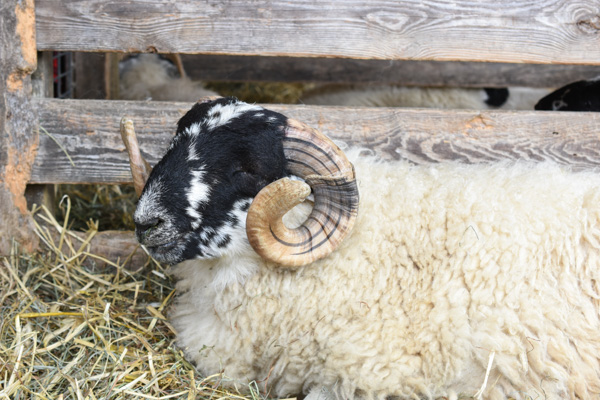
Scottish Blackface is the most common breed in the United Kingdom and was imported to the U.S. in 1861.
There will be more sheep photos in another post, because there are a lot more sheep to be mentioned.
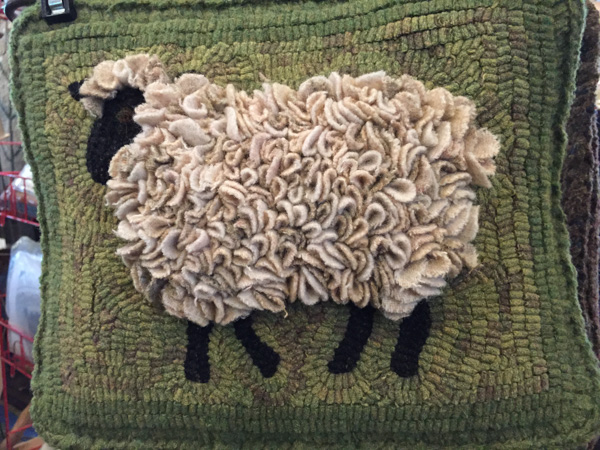
While I was in the barn my friends were shopping.
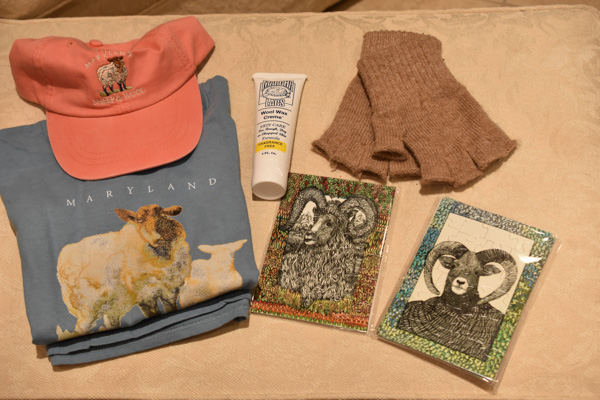
When we got back to the house that night everyone showed off their purchases. Mine were meager compared to some of the others. But none of them bought a sheep...
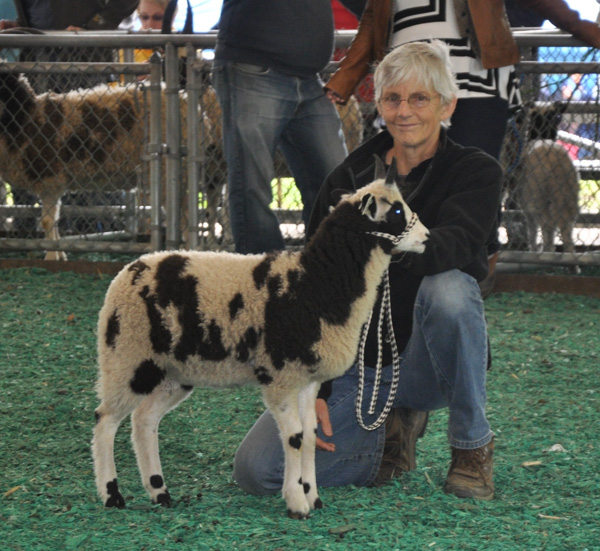
This is Shenandoah, one of the sheep that I showed, and that got a ride to California on the Mendenhall truck.

